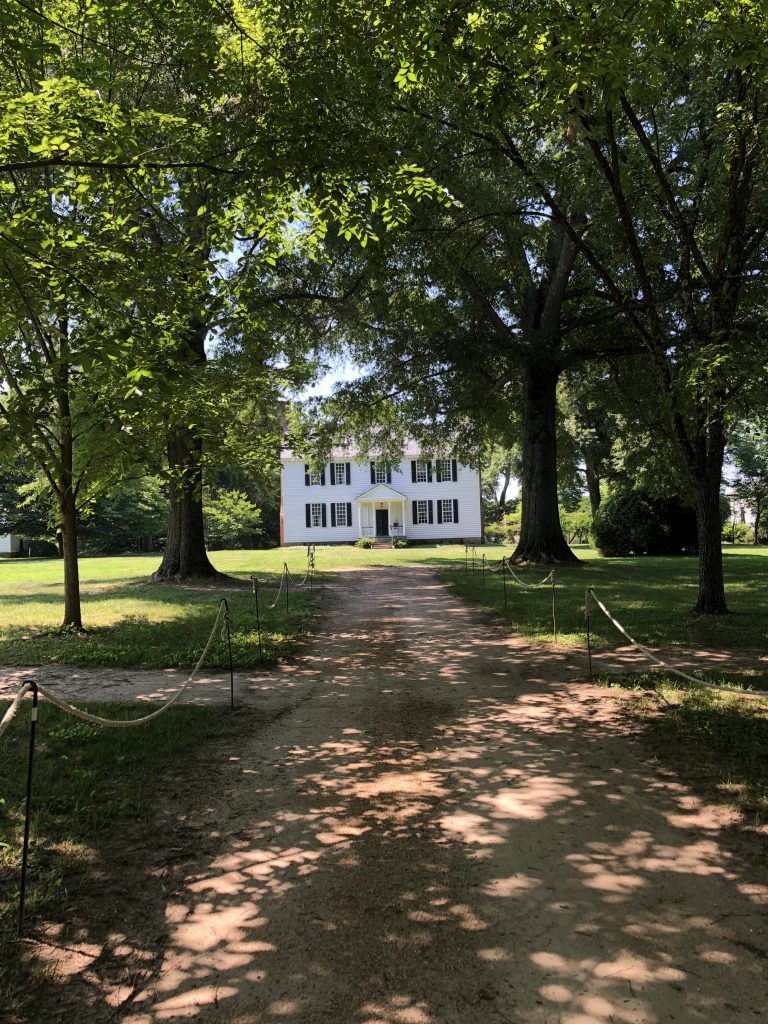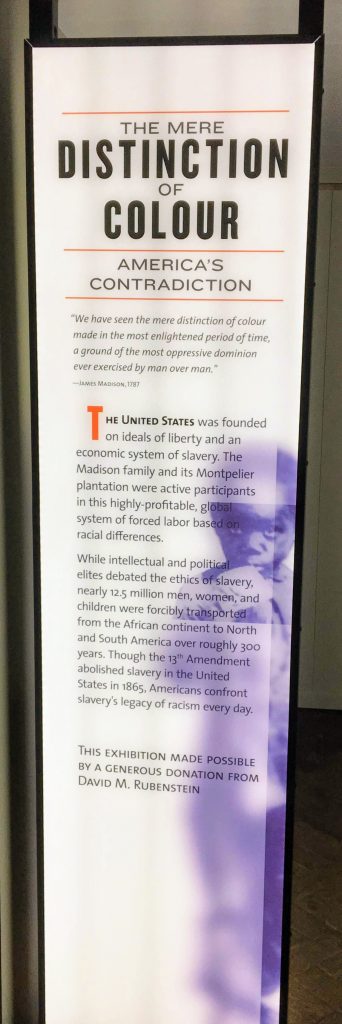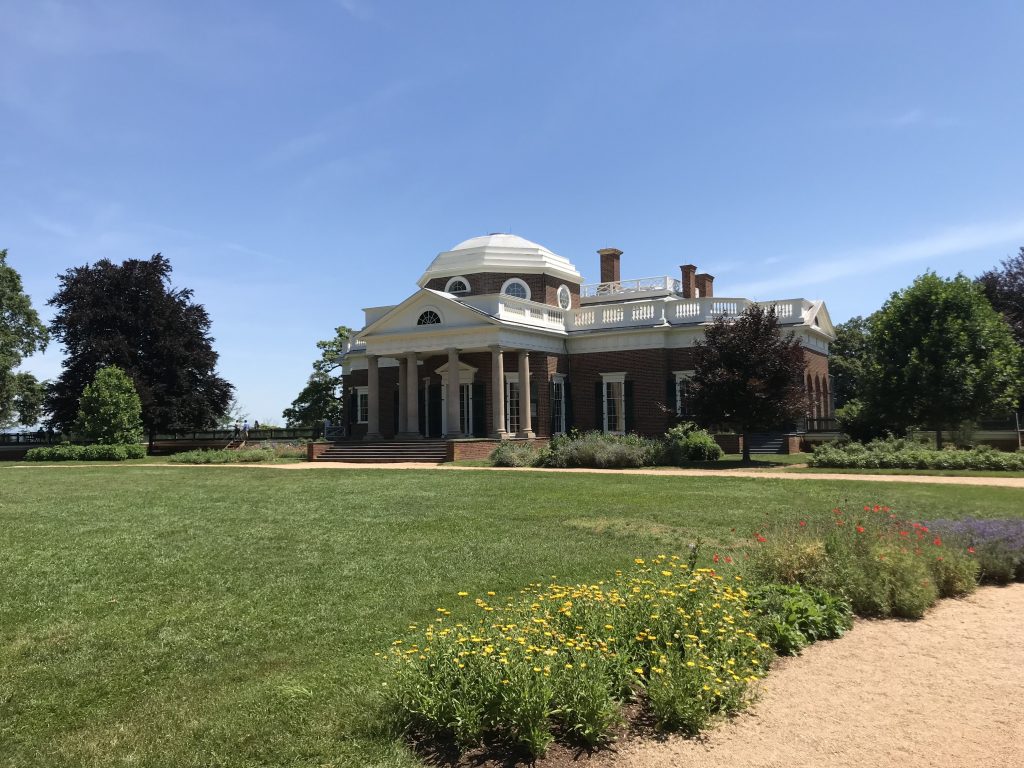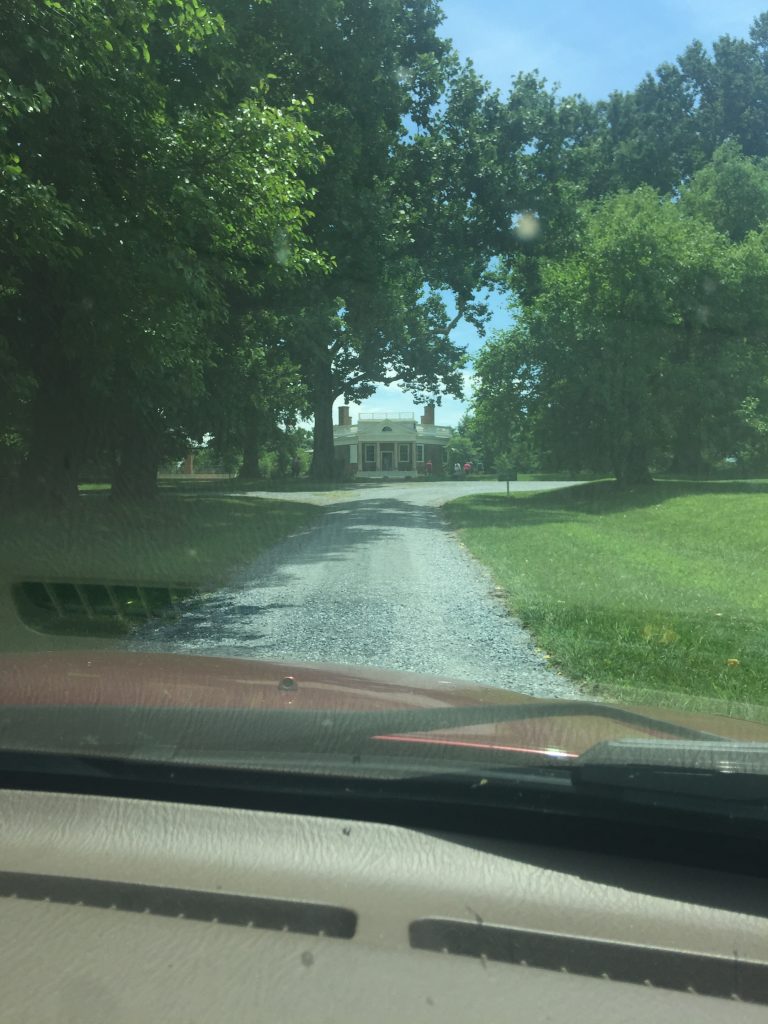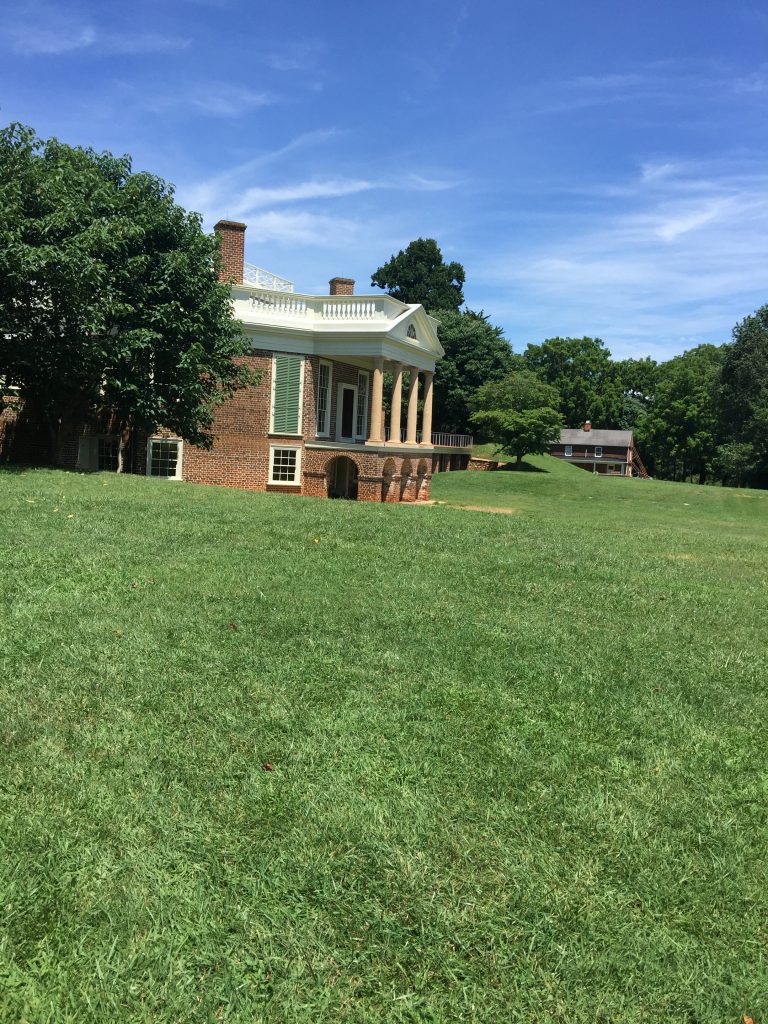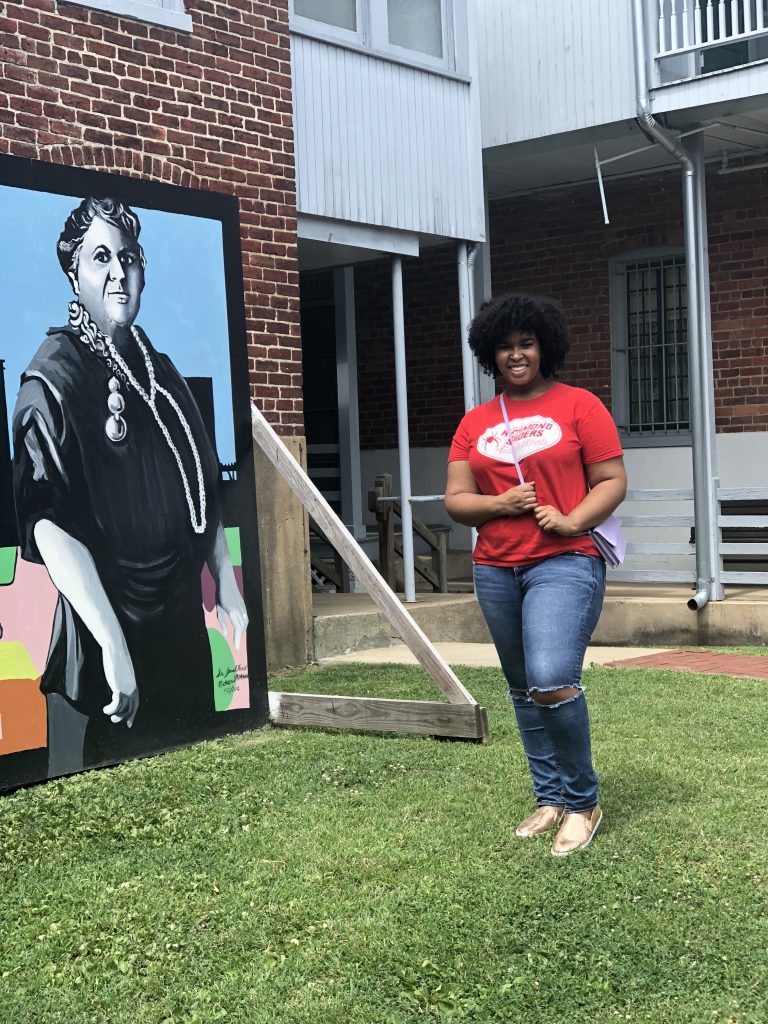by Kristi Mukk
Kristi Mukk is a rising senior from Mililani, Hawaii. She is majoring in Rhetoric and Communications and minoring in English. She is a dancer and communications director for Ngoma African Dance Company. This is her first time working for the Race & Racism Project as a Summer Fellow, and she is excited to continue her work in the course Digital Memory & the Archive in Fall 2018.
The following blog post contains some contentious language. Please consider the intent of its use as you read on.
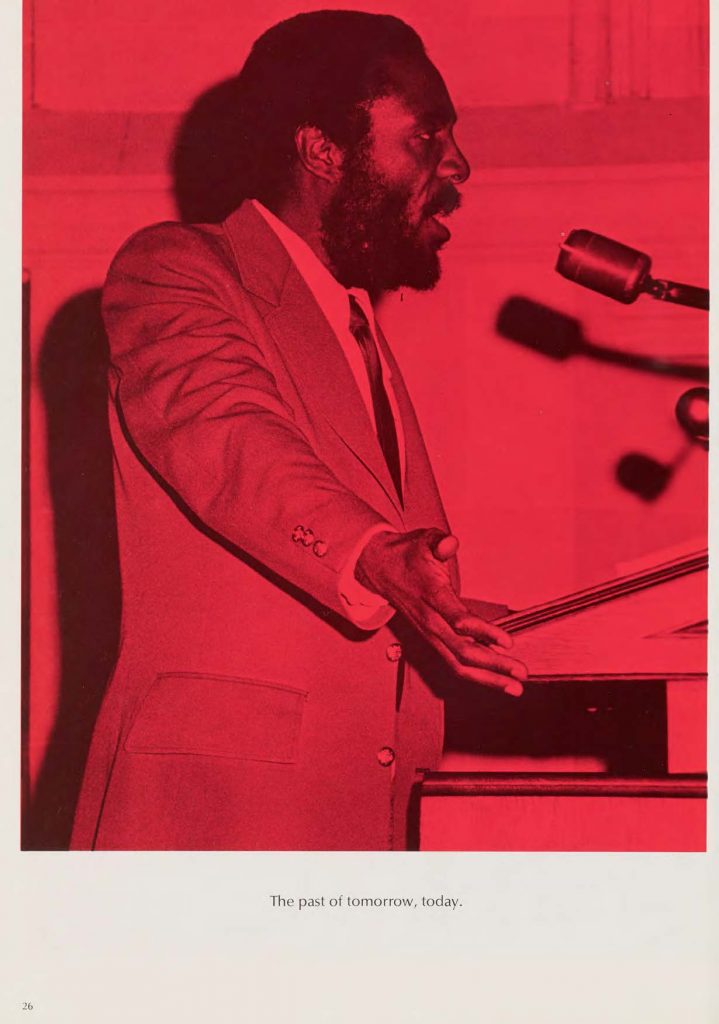 Archival work sometimes requires you to act like a detective by following a series of artifacts and connecting all the dots in order to uncover a story. My first archival detective journey started with a full-page photo of a black man I found in The Web 1971 yearbook. During this time, it was quite rare to find minorities represented in the yearbooks, let alone have a dedicated full-page photograph. The speaker’s name was not mentioned in the caption of the photo, so I emailed our Project Archivist, Irina Rogova, to see if she could identify the man. She informed me that he was Dick Gregory, a black comedian, author, actor, activist, and civil rights leader who came to speak on campus in December 1970 as part of a lecture series. This sparked my interest, so I decided to look through the Collegian newspaper archives to find more background and context.
Archival work sometimes requires you to act like a detective by following a series of artifacts and connecting all the dots in order to uncover a story. My first archival detective journey started with a full-page photo of a black man I found in The Web 1971 yearbook. During this time, it was quite rare to find minorities represented in the yearbooks, let alone have a dedicated full-page photograph. The speaker’s name was not mentioned in the caption of the photo, so I emailed our Project Archivist, Irina Rogova, to see if she could identify the man. She informed me that he was Dick Gregory, a black comedian, author, actor, activist, and civil rights leader who came to speak on campus in December 1970 as part of a lecture series. This sparked my interest, so I decided to look through the Collegian newspaper archives to find more background and context.


